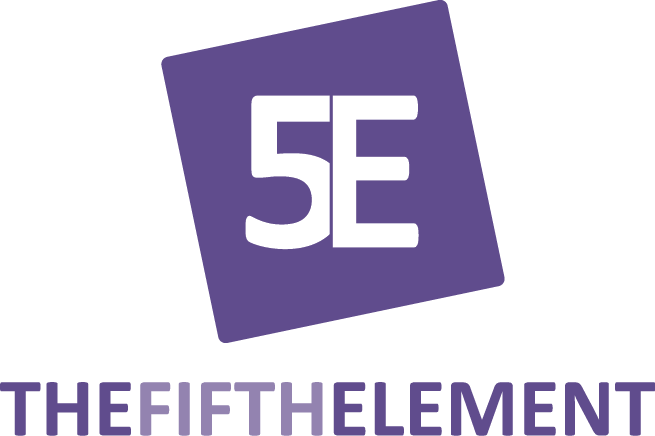
When confronted with the vast, chaotic maelstrom of change caused by the Covid-19 pandemic, I found myself scrambling to fond clarity, with new rules and information being delivered on a daily basis it was easy to slip into information fatigue.
My Harvard course disruption and innovation seemed to me to be the best place to turn to begin assisting businesses to design or what has now become apparent scenario plan their way towards reopening, maintaining business viability for the next 3 years and to perhaps ride this wave with the greatest degree of support.
Looking to the core frameworks, models and tools on which we Harvard professor Clayton Christiansen consultancy company Innosight’s use for their fieldwork helping forward-thinking organisations to navigate disruptive change.
This piece details 10 questions these lenses suggest businesses from micro to large should consider as they work through today’s uncertainty. Consider this a crib sheet that helps you and your leadership team to both zoom out to big-picture implications and zoom in to near-term threats and opportunities.
FOR YOUR CONSIDERATION
- Which assumptions will have the biggest impact on how the future will unfold?
- What underlying trends have catalyzed by the crisis and will have deeper and faster impact?
- Where will temporary changes lead customers to discover new solutions that get the job done better?
- Where will new habits lead to lasting changes in how customers define quality?
- Where will post-event system-wide changes impose new barriers and therefore change the way customers prioritize solutions?
- Are key job-to-be-done dislocations being targeted by up-and-coming disruptors that are positioned to become near-term threats?
- What “reverb” opportunities to drive disruptive growth have opened up?
- What, specifically, are new behaviors required to compete in an increasingly dynamic environment?
- What specific habits and systems are blocking those behaviors?
- What behavior enablers, artifacts and nudges (BEANs) can break the blockers and encourage the behaviors?
